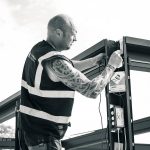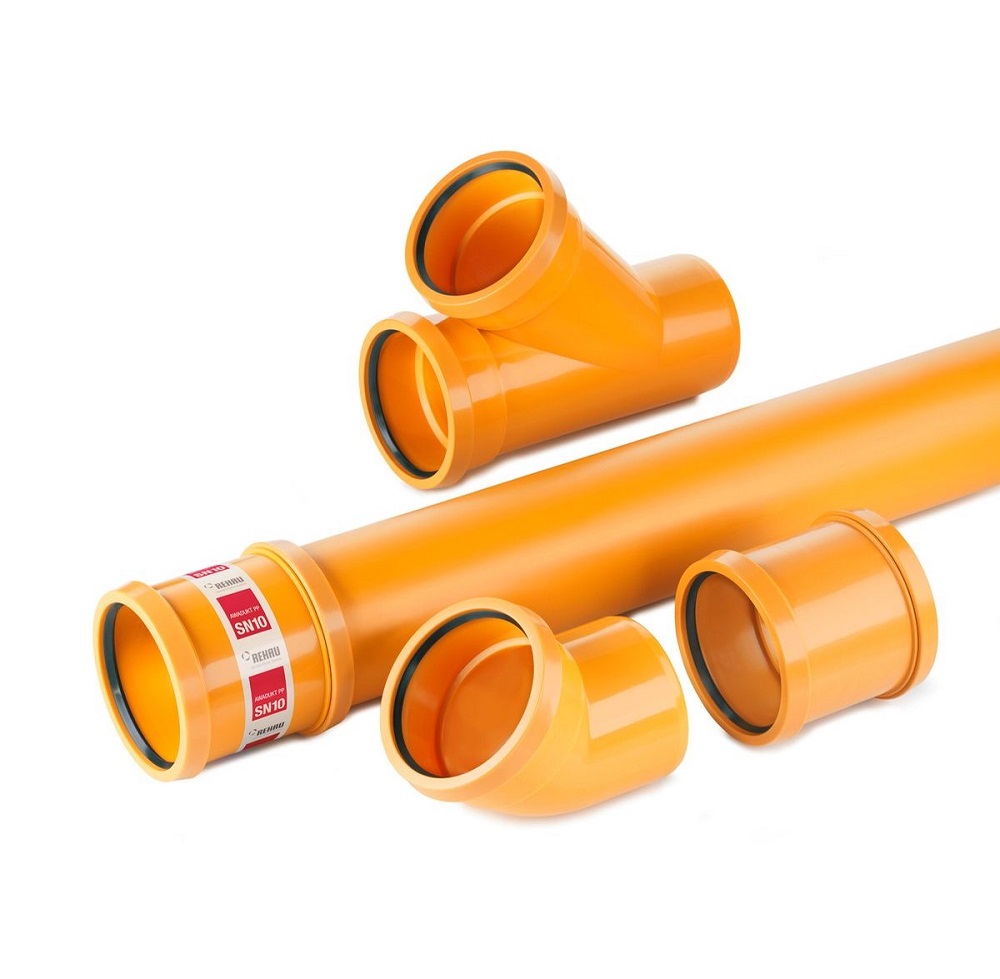All-weather coat
A number of reports released over the last 18 months show a growing problem of damp in the UK. A survey in 2014 carried out by Ipsos Mori for the Energy Saving Trust found that 38% of Britons complain about condensation, and 29% report problems with mould, which is often put down to Britain having some of the oldest and dampest housing stock in western Europe.
Following this, a report in 2015 by the Building Research Institute (BRI) put the UK housing sector on ‘damp alert’. The report also set out how cavity wall insulation was leading to damp problems for Welsh social landlords and tenants.
As a specialist in liquid coatings, we at Alltimes are always looking for easy and inexpensive roofing and facade solutions for our clients, and when aiming to provide a solution to damp and improving energy efficiency in buildings, the solution came from Denmark. The company, ISO Paint Nordic, is based in Denmark and has over 45 years of experience in producing, developing and marketing roof and facade paints and wall waterproofing products.
Liquid repellent
The ISO product range utilises nanotechnology. This means that, rather than the impregnations acting as a coating, the molecules actually combine with the brick, concrete or tiles to protect surfaces. Once applied, the surface will then repel oil, water, dirt, stunt the growth of moss and algae, and improve the material’s durability. The products are very easy to use and can be applied with a brush, roller or even a garden sprayer.
It is important to point out that these products are not a substitute for facades or insulation, but they are a simple and cost effective way to protect homes from damp, which in turn creates many energy efficiency savings.
Beating damp
One way that you can improve a building’s ability to fight damp is through the use of Iso Dry Creme Extreme. The product lasts for over 20 years and is designed to perform in wet climates. With water and frost being the main cause of damage to brick and stone facades, the objective is to keep water out of building materials, while at the same time allowing moisture and air to pass through them.
Iso Dry Creme Extreme can completely waterproof walls, while still allowing them to breathe – an important aspect to consider when it comes to damp, as many sealants protect from the outside but also trap moisture on the inside of a wall. A similar product, called Procover, is available for use on paving, terraces and concrete flooring, and features a self-cleaning effect which works against pollution and dirt.
While Iso Dry Creme Extreme works better in poor conditions, the following product works best when the sun is out. Called Climate Cooler Catalyst, it featured in Sustainia’s list of the top 100 sustainable products in 2015, and is one of only ten building products to receive this recognition this year. The study undertaken by Sustainia covers over 1,500 projects and businesses across six continents. The reason it won is because the roof and facade paint and coating is a 2-in-1 product.
Tackling emissions
The built-in catalysers use UV light from the sun and humidity from the air to break down harmful nitrogen oxides (NOx) into harmless salts. According to the company, 1,000 m² of the coating is able to prevent NOx gases equal to driving a car for 30,000 km.
At the same time as reducing NOx gases, the coating reflects up to 80% of the sun’s rays and reduces surface temperatures by up to 30%, keeping roofs and facades cooler compared to untreated surfaces and reducing cooling costs. The cooling effect is greater in warm climates, but, even in Scandinavia, a case study by the Danish Technological Institute has shown a cooling effect of 5°C inside a house. The key difference is that this product cools surfaces even in dark colours and, unlike other products, it doesn’t rely on it being white to simply reflect the light.
As well as having enviable sustainability credentials, it is also makes financial sense for those who spend a lot of money on air conditioning, as there are great potential savings in energy used for cooling. For example, on flat roofs where refrigeration equipment is often placed, the reduction of the heat reduces the power consumption for air conditioning, therefore reducing wear on the cooling machines.
In Copenhagen, some of these savings have already been demonstrated. The Clarion Hotel was the first in the country to treat its roofs with the product and has since achieved a 10% reduction in its annual energy bill after application, equivalent to a payback time of less than two years, and also saved 27 tonnes of CO2 a year.
With cities around the world facing problems of harmful air pollution, rising energy costs and issues with damp housing stock, these simple solutions, while not the full cure, offer easy alternatives.




















